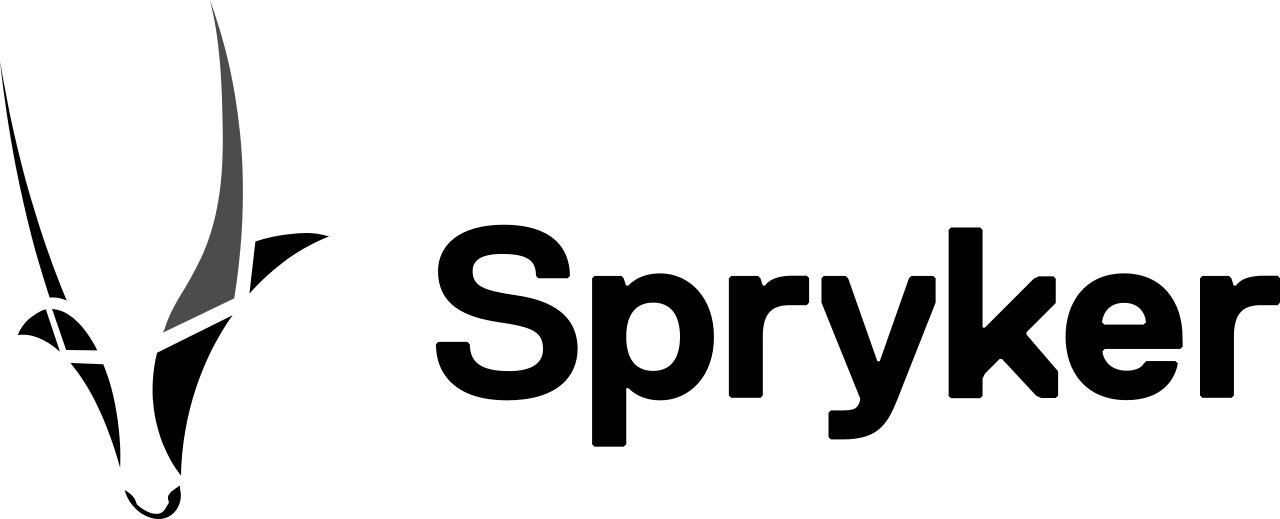Even with almost three decades of eCommerce in the history books, manufacturers and distributors keep repeating the same mistakes when implementing B2B eCommerce. Why don’t the lessons of failed rollouts sink in?
Missteps in three key areas—people, process, and technology—are all too common. During this must-see Master B2B Un-Webinar, we’ll address the most common mistakes and debate whether they are inevitable or avoidable.
Team Unconventional Approach
Katherine Monasebian, President & GM, NA Commerce at Stanley Black & Decker
Tim Fabian Besser, CEO Besser Digital
Alex Graf, Co-Founder and Co-CEO at Spryker
Team Traditional Approach
Paul Stubitsch, Chief Information Officer at IBT Inc
Dave Pattison, CIO & Vice President Information Technology at Mission Linen
Apryl Erickson, Vice President, Commercial Excellence at HID Global
KEY TAKEAWAYS
It can make sense to build your digital team from internal resources: Apryl Erickson argued that the more complex your business is (and many B2Bs are very complex), the more sense it makes to grow your internal talent into a digital role. Yes, you can bring in outsiders to your digital teams, but nobody knows your business like your employees do. “We were doing a CPQ project a few years ago and it took the outside firm we used months to really understand what we were asking for.” Paul Stubitsch concurred, adding “The industry-specific stuff is the hard stuff. You have to trust your people – they got us here and they’ll get us through digital as well.”
Except that hiring outside experts can really speed up the project. Tim Fabian Besser said that when thinking about hiring, he takes 3 things into account: Time, opportunity cost and business model. Teaching even motivated people digital just takes too long. You need the B2C people to speed up that process. If your future business model will rely on digital revenue streams then you need people with digital expertise. Katherine Monasebian added that the pace and ability to challenge the status quo comes from digital experts, as long as they have the humility to understand what they don’t know and still need to learn.
Building eCommerce products is fundamentally different from what the IT department does. Even in organizations where culturally it may make sense to have eCommerce developers report into IT so that everyone is organizationally aligned, the contenders mostly agreed that building internal IT products and building customer-facing products were two different skills. Tim Fabian Besser said he broke his IT developers and eCommerce developers into two teams so the eCommerce team could focus on their customer needs.
Startup groups in a large organization should be separated from the main team. Monasebian was adamant that new businesses need time to incubate – she said separating the new business from the main business will “stop the antibodies from attacking and killing the new business…My team is fully virtual – we think that provides us a competitive advantage to get talent globally and give us the flexibility and autonomy to incubate our efforts.”
What team the eCommerce group reports into depends on digital maturity: Monasebian believes that where the team reports really depends on the maturity of eCommerce within the organization, with early-stage organizations reporting directly into the CEO. That’s important because it shows the company that this new team has an equal seat at the table. Stubitsch said that even though he’s the CIO, he doesn’t have the eCommerce team report into his group. Instead, they report into an oversight committee that reports into the CEO.
eCommerce leaders are moving to an opex model for their technology purchases. The era of long lead-time capital projects doesn’t work today. Practitioners need to iterate and build on the work they’ve done and show progress constantly. So given that, it makes more sense to expense it each year as an operating expense, rather than as a multi-year capital expense (especially if you’re primarily using SaaS products). If speed is your main goal, then it re-frames how we think about our projects and with that, OpEx is the preferred route.
